Mourne is a village and seat of the namesake community in the Municipality of Agios Vasileios, in the Rethymno Regional Unit, Crete, Greece.
Etymology
The name of the village is derived from the mulberry tree.
Location
It is 34 kilometers from Rethymno and 4 kilometers from Spili, built at an altitude of 500 m in a small, shallow valley.
History
The village is mentioned by Francesco Barozzi in 1577 as Murnea in the province of Agios Vasileios. In the Venetian census of 1583 by Castrofilaca, it is referred to as Murnea with 121 inhabitants, while Vasilikata also mentions the village in 1630, with the name Murnea. In the Ottoman census of 1659, it is referred to as Murnye, with 22 houses. Other settlements in the area are also mentioned in the Venetian censuses, which have now been abandoned. These are Chantaki, Mavriki, Laga, Lakkos, Diplochori, and Epizygos. Lakkos and Diplochori continued to be inhabited during the Ottoman occupation. They are mentioned for the last time in the 1928 census.
In the 1881 census, Mourne belonged to the municipality of Lampi and had a purely Christian population of 380 inhabitants. In the 1900 census, it had 462 inhabitants. In the 1920 census, it had been designated as the seat of the homonymous market town. In 1925, Mourne was designated as the seat of the homonymous community, until the Kapodistrian administrative division, when the village was annexed to the Municipality of Lampi. Since 2010, it became the seat of the community of the Municipality of Agios Vasileios.
The physician Giorgis Angelidis came from Mourne.
Religious Monuments
Within the village, there is the church of Agia Irini and the church of Agios Georgios, in the cemetery, both with frescoes. The church of Agia Irini has two naves, but frescoes are preserved only in the north nave. Ioannis Spatharakis dates them to the early 14th century. The frescoes of Agios Georgios date from the same period. A characteristic of the frescoes is intense black lines in the outlines and in the eyes and thin white lines. The frescoes in the church include scenes from the martyrdom of Saint George and scenes from the Second Coming. Among the other frescoes, the depiction of Saint Diomedes in a chest with a red background stands out due to its rarity. Next to it are depicted the other saints Anargyroi, Saints Kosmas, Damian, and Panteleimon.
Outside the village is the church of Agia Marina. The frescoes of the church show signs of deterioration, and Ioannis Spatharakis dates them to 1300. It includes scenes from the life of Saint Marina. The Pantocrator, who is depicted in the quarter sphere of the sanctuary apse, is depicted austere with few lines and colors. The head is almost all the same color, with the features being rendered with different brightnesses of this color. At Dendrika, there is the frescoed church of Panagia. In the abandoned village of Diplochori, the ruined church of Panagia is preserved. Inside the church, there is a preserved inscription which states that it was renovated and frescoed in 1417.
At Malathre, northwest of Diplochori, are the ruins of the monastery of Agios Georgios. According to tradition, it was built on the site of an older temple, with 101 doors and windows. The frescoed church of Agios Georgios is preserved, with two layers of frescoes. The punishments of the damned and the Resurrection of the Dead, which is located in the dome of the church, stand out from the frescoes. The remaining buildings of the monastery are preserved in ruins.
Points of Interest
- Panagia in Dendrika: An area outside the village named for its variety of trees. There is an old Byzantine church dedicated to the Virgin Mary with unique frescoes.
- Panagia in Diplochori: A church with unique Byzantine frescoes. An inscription above the entrance door indicates it was constructed in 1417.
- Agia Paraskevi: A chapel with panoramic views of the plain of Koksares.
- Alatsopetra: A location with views of the Libyan Sea and unique landscape variations.
- Ai Giorgis: A small church within the village, where the cemetery is located. This Byzantine-era church contains rare Byzantine hagiographies.
- Agia Irini: A church within the village with Byzantine-era frescoes.
- Ai Giannis o Rigologos: An area on a hill named after the small church of Ai Giannis o Rigologos.
- Agios Vlasis: In Lakkos, where the village of Mourne used to be located, there was a church called Vlasis, of Byzantine and later Venetian style. It was known for its golden bell, which the villagers hid from the Turks. Despite many searches, the bell has yet to be found.
Settlement: Key Points
-
Historical References: Francesco Barozzi (1577), Castrofilaca (1583), Vasilikata (1630), Ottoman census (1659)
-
Location: 34 km from Rethymno, 4 km from Spili, altitude 500 m
-
Historical Significance: Mentioned in Venetian and Ottoman censuses, abandoned settlements in the area.
Population Data
Year |
Population |
Notes |
|---|---|---|
1583 |
121 |
Murnea |
1881 |
380 |
|
1900 |
462 |
|
1920 |
470 |
|
1928 |
522 |
|
1940 |
546 |
|
1951 |
448 |
|
1961 |
404 |
|
1971 |
281 |
|
1981 |
250 |
|
1991 |
241 |
|
2001 |
291 |
|
2011 |
176 |
|
2021 |
159 |
References
Access
Mourne is 18.3 kilometers away from Rethymno and 2.0 kilometers away from Spili













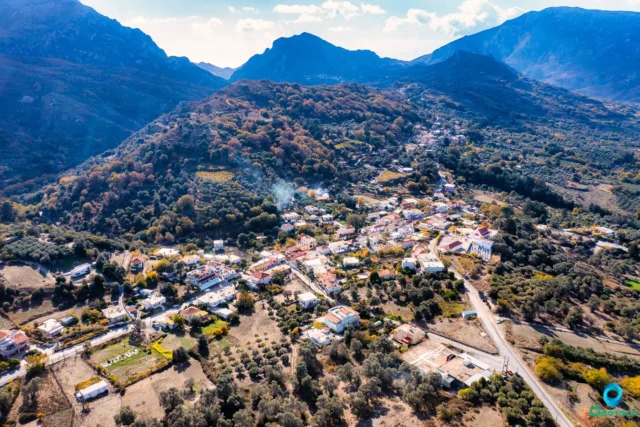





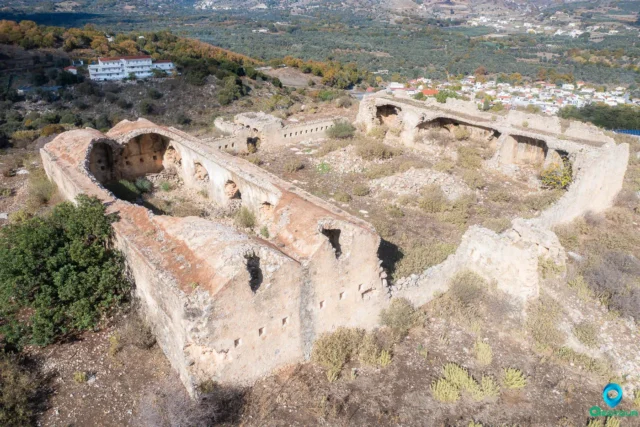
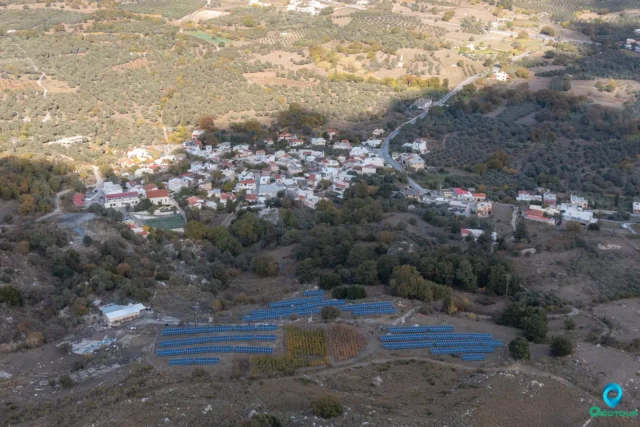
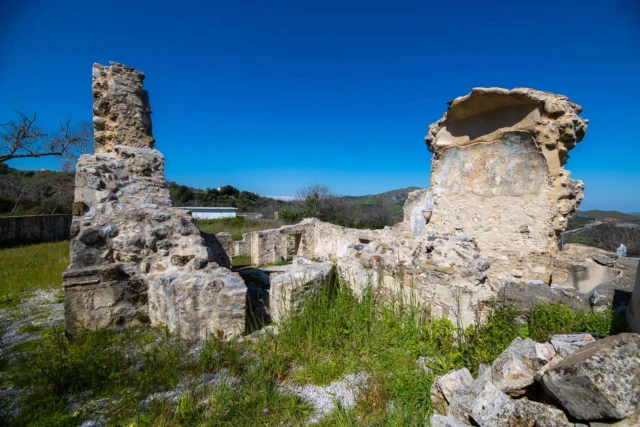


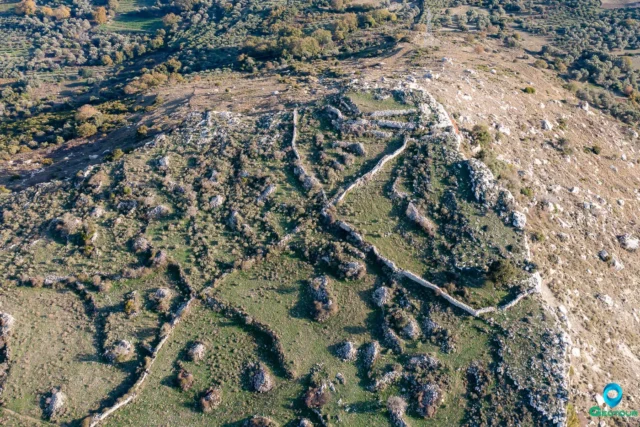
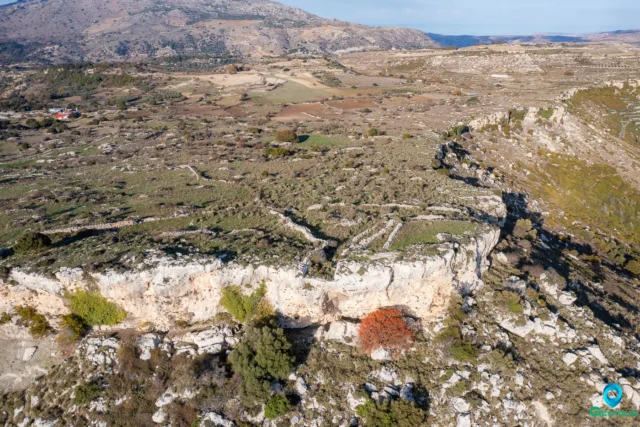

There are no comments yet.